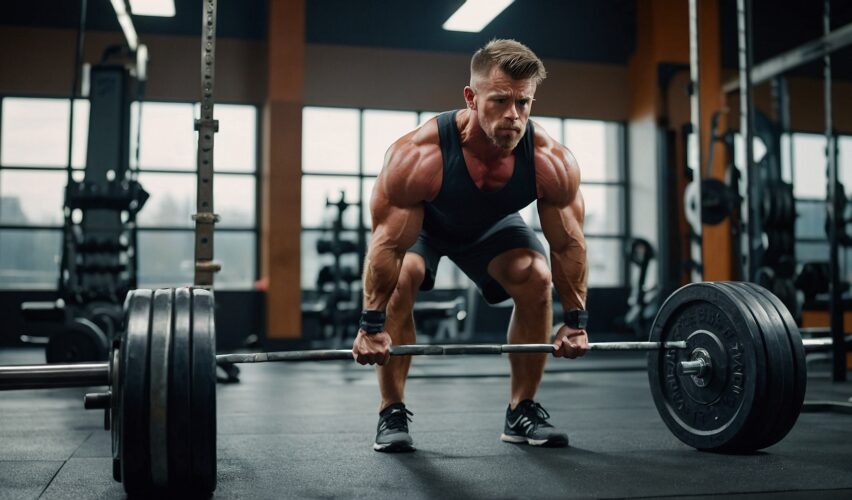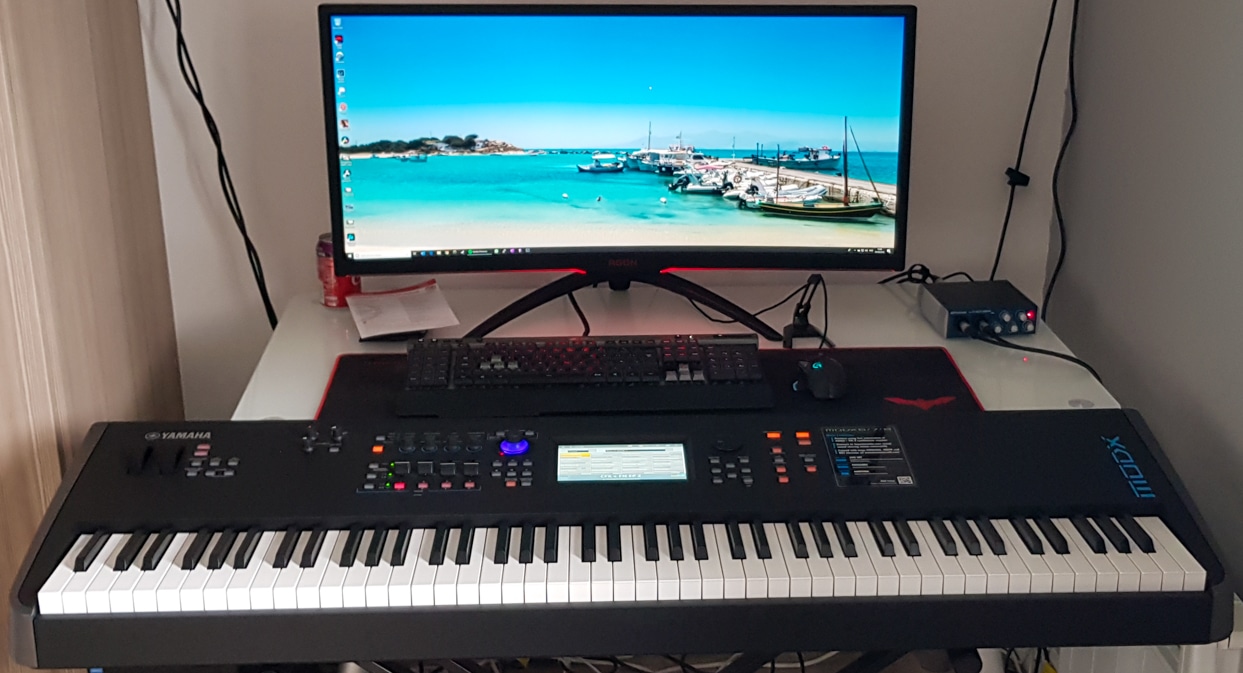Over the years, I’ve tried various ways of splitting my weekly training, from full-body routines to one body part per workout (the infamous “bro splits”) and finally to push-pull-legs (PPL). While each approach has its pros and cons, PPL is one of the most popular and one that I find particularly effective, albeit with my own twist on it.
The main benefit of PPL is that you cover all the major muscle groups in three workouts. While I usually aim to train between 4 and 6 times a week, if I do have to skip a day, this means I won’t miss training a body part for an entire week. For any extra sessions, I start repeating the P-P-L cycle, so I’m never training the same body parts on consecutive days, allowing that critical time for rest and recovery, which is essential for muscle growth.
Pull day is primarily back exercises. Today’s began with a recent addition at Workington Leisure Centre: the plate-loaded ISO lever lat pulldown machine. I used it for the first time last week and found it fantastic for lat development. It has a great range of motion and allows you to go heavy without sacrificing form. I managed to get up to 120kg x 6, which I was happy with.
I usually go for seated cable rows or bent-over dumbbell rows next, but I jumped straight to barbell deadlifts for a change. This compound exercise works more than just the back: it targets the hamstrings, glutes, lower back, traps and hip muscles. I used to shy away from deadlifts due to years of lower back problems, but I have been incorporating it into my routine for a few months now. My PB of 100kg is pretty modest compared to my other lifts, but I’m definitely noticing the gains in size and strength. It’s also helping with my lower back discomfort, which isn’t a total surprise but a welcome one. I’m trying to increase my weight very slowly to avoid injury.
To increase the intensity of my workouts, I often super-set two muscle groups together to cover more exercises in less time. In between deadlifts, I started doing some cable tricep pushdowns–technically not a “pull” exercise; I actually train triceps with my back and biceps with my chest. Why? This way, I get extra volume in my arm muscles, as I’ll also be using my triceps on push day and biceps on pull day, so instead of hitting them hard once a week, they get at least two workouts per week instead. I find that more volume at lower weight is better for arm development, though I am careful not to overload the elbow joint as it has caused me problems in the past, particularly when combined with my regular club swimming sessions.
After deadlifts, I moved onto rear cable flys. Primarily a rear deltoid exercise, it also involves the traps, lats and rhomboid muscles. I tend to keep the weight light and really focus on maximizing the range of motion with a good stretch at the front and a squeeze-hold at the back. I continued the superset theme by adding overhead tricep extensions and hanging leg raises (a great exercise for the abs and hip flexors), technically making it a tri-set and not a superset!
Fatigue was starting to hit as I’d been training for almost an hour at a fairly high intensity. To finish up, I did another tri-set: this time cable cross-body tricep extensions (a fantastic tricep exercise), with straight-arm lat cable pushdowns, again focusing on range of motion over weight. The third exercise was a cable wood chop (oblique twist), another core exercise complementing the hanging leg raises.
I would’ve liked to include a seated cable row or possibly a bent-over dumbbell single-arm row, but given what I’d already done, I don’t think the extra lat exercise was necessary.








